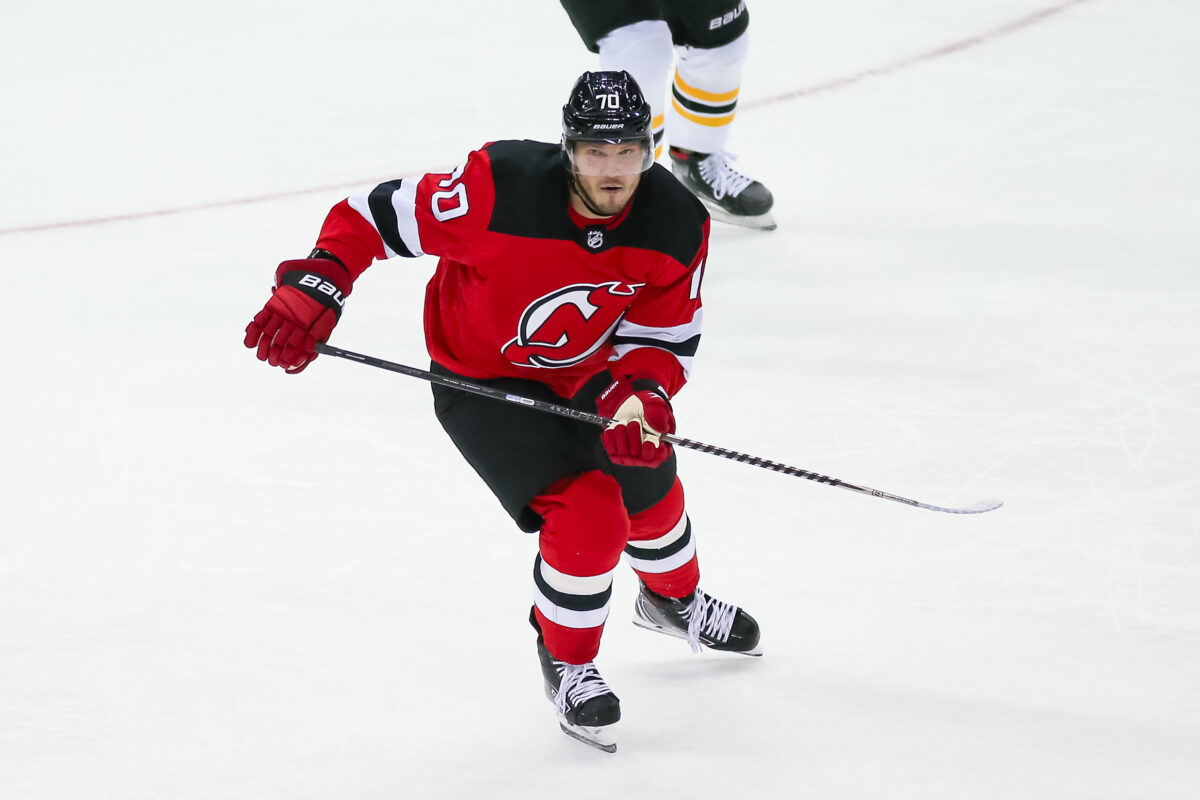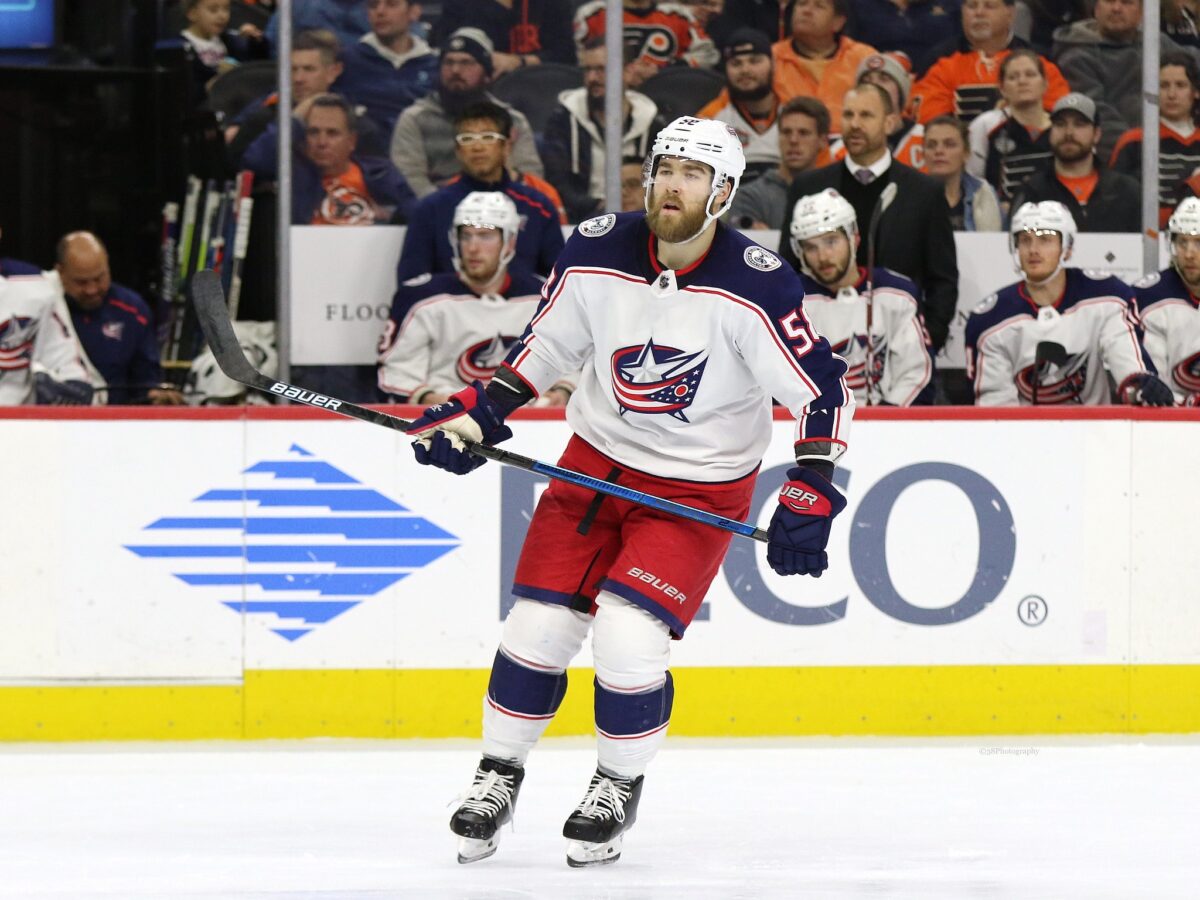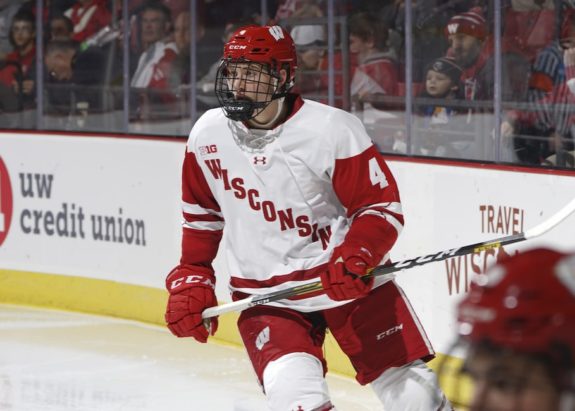The Edmonton Oilers added a single player at the 2020-21 National Hockey League trade deadline, Dmitri Kulikov. The 6-foot-1 Russian defenseman is 30 years old, and while his offensive stats aren’t all that impressive, he’s said to have strong underlying analytics. He is an unrestricted free agent this summer, so his time in Edmonton might be brief. When the deadline passed, that pick-up turned out to be their only move. Hamstrung by a tight cap situation and previous transactions using up most of his available draft picks, general manager Ken Holland wasn’t able to add any other pieces to his lineup. And the current roster, with slightly more defensive depth, will be tasked with making a Cup run if they can.

Did Holland do enough? It’s clear that he felt one of two ways: Either the team needs no help, and the roster that just dropped a 5-0 decision to the woeful Calgary Flames can put it together between now and the end of the regular season, or there was simply no way to navigate the tight situation he found himself in, allowing the team to address its current weaknesses without hurting themselves in the long run.
Top Teams Got Creative to Add Depth
The Tampa Bay Lightning and Toronto Maple Leafs have both been struggling against the salary cap in recent years. The flat cap, combined with some big paydays for deserving stars, made it look likely they’d need to move on from players they’d prefer to keep, as well as having difficulty adding rentals at this time of year. Instead, both teams maximized their flexibility through a number of outside-the-box transactions.
Related: Trade Deadline Tracker
The Leafs added Riley Nash, whose long-term injured reserve (LTIR) status means he won’t suit up in the regular season, but he can be available in the playoffs and doesn’t move the needle at all when it comes to the salary cap.

The Lightning, who have been tap-dancing around cap compliance since the offseason, found a way to add a solid defenseman from the Columbus Blue Jackets roster in David Savard. And while the cost was high (1st, 3rd, and 4th round picks), they creatively lowered the cap hit from the deal by trading him through a third franchise, the Detroit Red Wings, and will take a run at winning their second championship in a row. As shown below, it makes them cap compliant, gifts the Red Wings a draft pick for the use of their own cap space, and allows them to improve a roster that is already amongst the league’s best.
Edmonton’s Holland didn’t complete anything like these acrobatic deals, and as a result, his team got only marginally better today. The Oilers will have more cap space in the summer, and players like Taylor Hall, who ended up with the Boston Bruins, might come in for the 2021-22 season and beyond, but this year they’ll get no additional help. Arguably, that was a mistake.
McDavid’s Career-Best Season
This shortened hockey season has the Oilers’ captain, Connor McDavid, producing at levels not seen since Mario Lemieux and Jaromir Jagr were in their primes. Fully recovered from his knee injury of a year and a half ago, he hit the ice on a mission and has lead league scoring for virtually the entire season. His teammate, Leon Draisaitl, might not win the Rocket Richard Trophy, but he’s scoring consistently and often, giving them one of the league’s best 1-2 punches. To sacrifice performances like these to the weak excuse of “cap trouble” and a lack of draft picks seems criminal. The Scotiabank North Division offers perhaps the best opportunity to reach the Conference Finals that Edmonton will see in McDavid’s career, and the Leafs, as mentioned above, got significantly better while Edmonton treads water.

Last summer, in the hastily planned preliminary rounds, a similar-looking Oilers roster fell to the 12th ranked Chicago Blackhawks in four games. While this team has pieces the past version was missing, such as Jesse Puljujärvi and Tyson Barrie, numerous question marks remain. Will Mike Smith stay healthy? Can he keep up his impressive level of play over an arduous postseason? Will McDavid and Draisaitl be able to avoid being limited or shut down by an opposing coach’s scheme over a seven-game series? If the answer to any of these questions is “No,” then the team may once again be looking at a long offseason and all the uncomfortable questions that come with it.
Waiting For the Right Moment
It’s true that this summer will see many positive opportunities. Holland will try to re-sign Ryan Nugent-Hopkins and Barrie, while looking to bring in UFAs such as Taylor Hall on club-friendly deals. The Seattle Kraken will join the league, and the Pacific Division, and the Expansion Draft, could create other opportunities for trades and signings. Oscar Klefbom might come back, and young prospects like Dylan Holloway and Philip Broberg could make the jump to the NHL. All these possibilities exist, but the other side of the coin is that talent can sign elsewhere, picks can fail to develop in a straight line, and injuries can happen to anyone.

The lack of a splashy trade matches a recent pattern for the Oilers. Edmonton had a chance to make some big moves at this deadline, potentially paying a premium in some cases, though the overall acquisition costs this year looked quite manageable, and truly making a run at getting the best player in the league to lift the Stanley Cup over his head. While that could still happen, anything being possible when McDavid is on your team, it looks far less likely, as the teams the Oilers will need to beat found ways to improve and the team from the City of Champions did not.